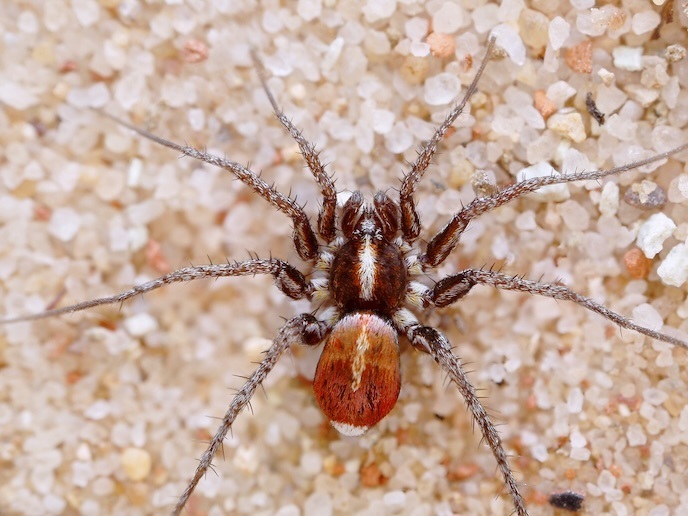Tapping venom of prey-specialised spiders
Spider venom represents a potential untapped pool of millions of bioactive compounds. Possible end uses could include disease treatment and pest control. “When it comes to pesticides, there is strong demand for products that are highly specific against target pests but are relatively harmless to humans or other organisms,” explains SpecSpiderVenom project coordinator Stano Pekár(opens in new window) from Masaryk University(opens in new window) in Czechia. “As spiders prey on many common pests, spider venom may include some highly specific compounds.”
Focus on prey-specialised spiders
While there are estimated to be more than 50 000 spider species worldwide, venom has been investigated in only a small fraction. The EU-funded SpecSpiderVenom project, which was supported by the Marie Skłodowska-Curie Actions(opens in new window) programme, set out to focus on prey-specialised spiders. “These are relatively rare but can be found across different spider families,” says Pekár. “These spiders catch only certain prey and utilise specific adaptations that allow them to subdue their catch effectively. Previous data has shown that they are able to paralyse their prey quickly, but their venom has not been studied in detail.” The goal of the project was to analyse the venom of a few selected prey-specialised spider species, to determine whether they possess unique, prey-specific toxins in addition to other prey-specific adaptations. “There were two major complications to achieving these aims,” adds project Marie Curie fellow Ondrej Michalek(opens in new window), also from Masaryk University. “Firstly, these spider species are tiny and the amount of venom extracted is very limited for purification and further testing, as is standard in snake venom research. Secondly, very little is known about spider toxins, and many novel compounds are yet to be identified and described.”
Analysing and defining venom composition
The project team used proteomic(opens in new window) and transcriptomic techniques to analyse and define venom composition. While transcriptomics identifies the genes actively expressed in venom glands and predicts which toxins are being produced, proteomics directly examines the proteins present in the venom, confirming which toxins are actually secreted. Other techniques including peptide synthesis and recombinant expression were used to produce selected toxins. “We successfully elucidated the venom proteomes of a few spider species from families that had never been investigated for venom,” explains Michalek. “This enabled us to discover unique venom toxins that showed little or no similarity to previously described venom components.” Next steps include testing the efficacy, prey specificity and mechanisms of action of the identified toxins. “Although we conducted some initial bioassays, they did not provide definitive answers about how these venoms work,” notes Michalek. “Further trials and laboratory experiments are needed and are indeed under way.”
Finding new bioactive compounds
The SpecSpiderVenom project has made some important advances in this understudied field and helped to underline the potential for finding new bioactive compounds with industrial applications. “Spiders already provide a wide range of ecosystem services for humans, and spider venom could be one of them,” says Pekár. “In particular, the venom of prey-specialised spiders may well provide us with substances that target selected pests, such as termites or ants. This would be hugely helpful in the development of eco-friendly insecticides.”



